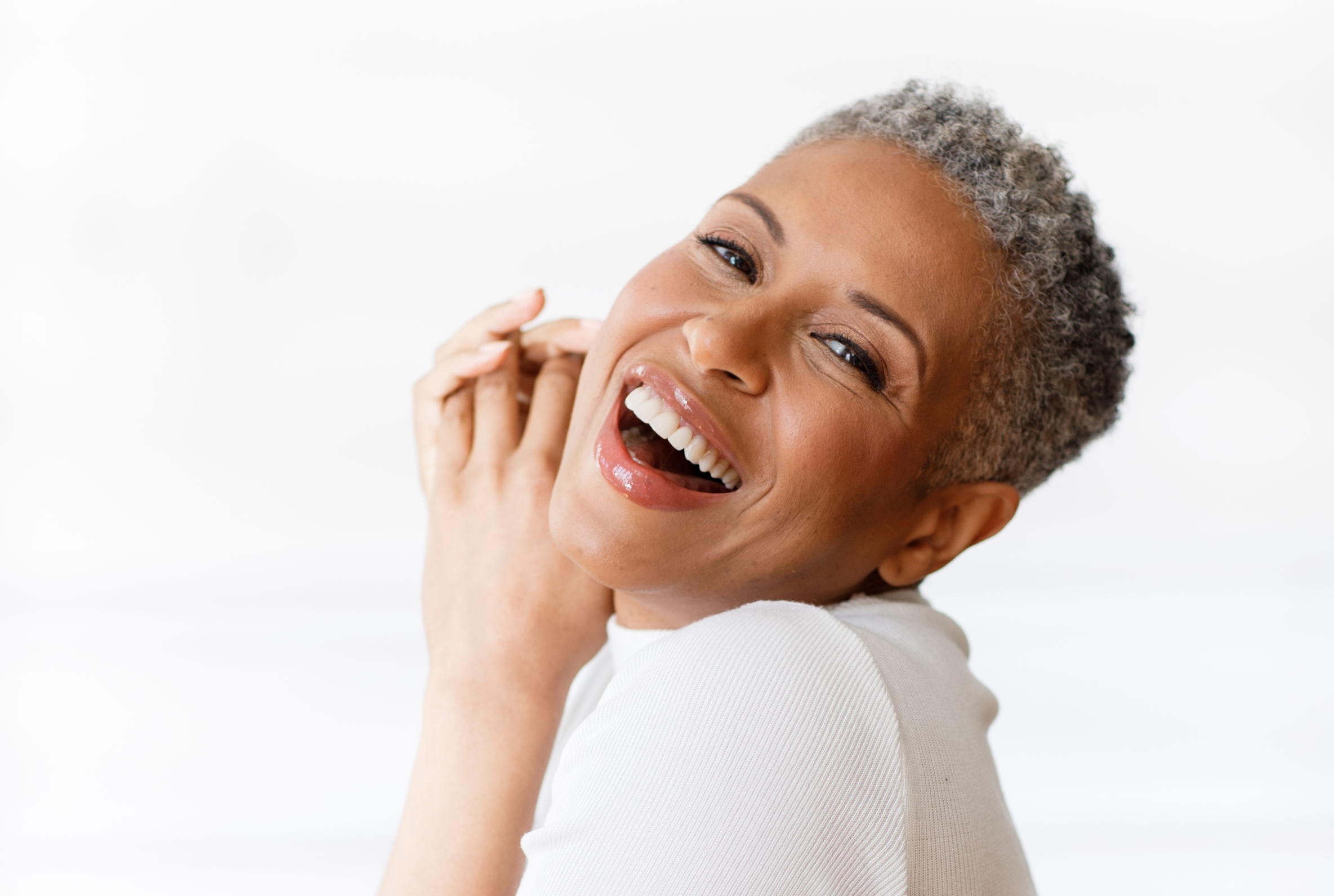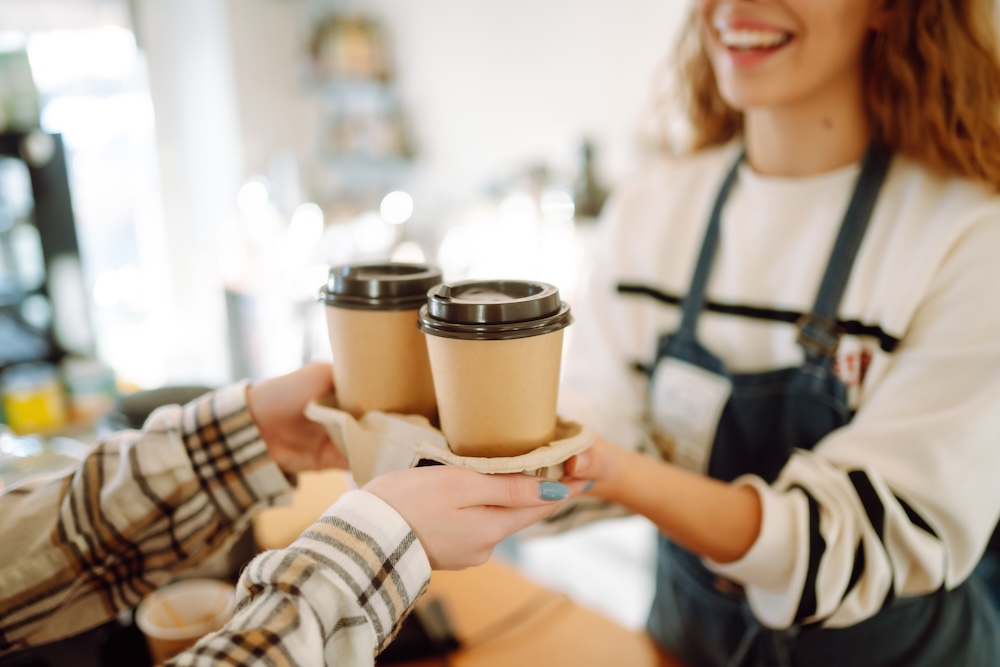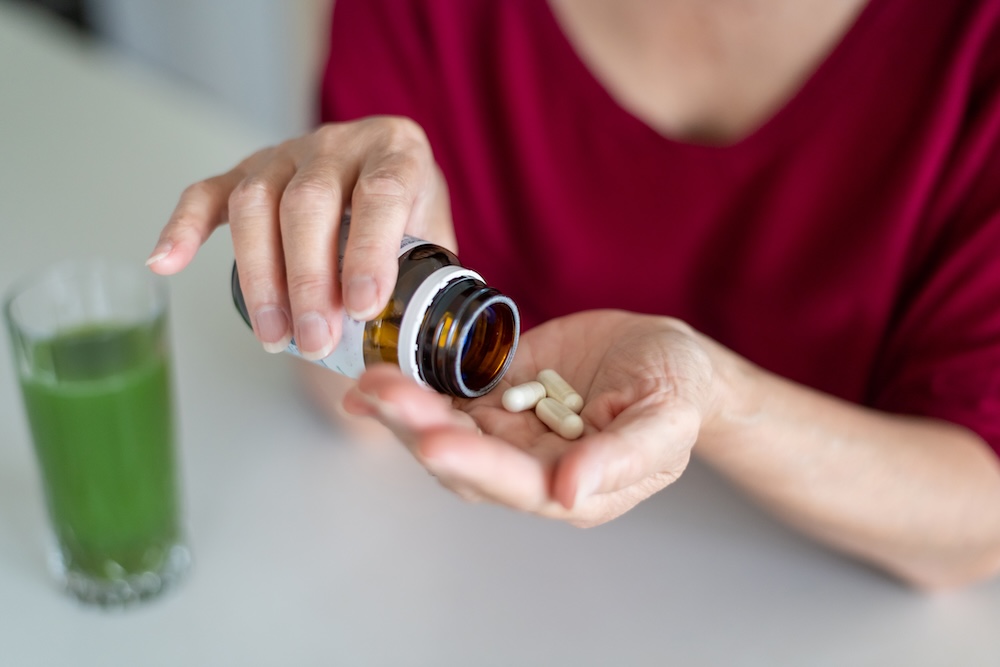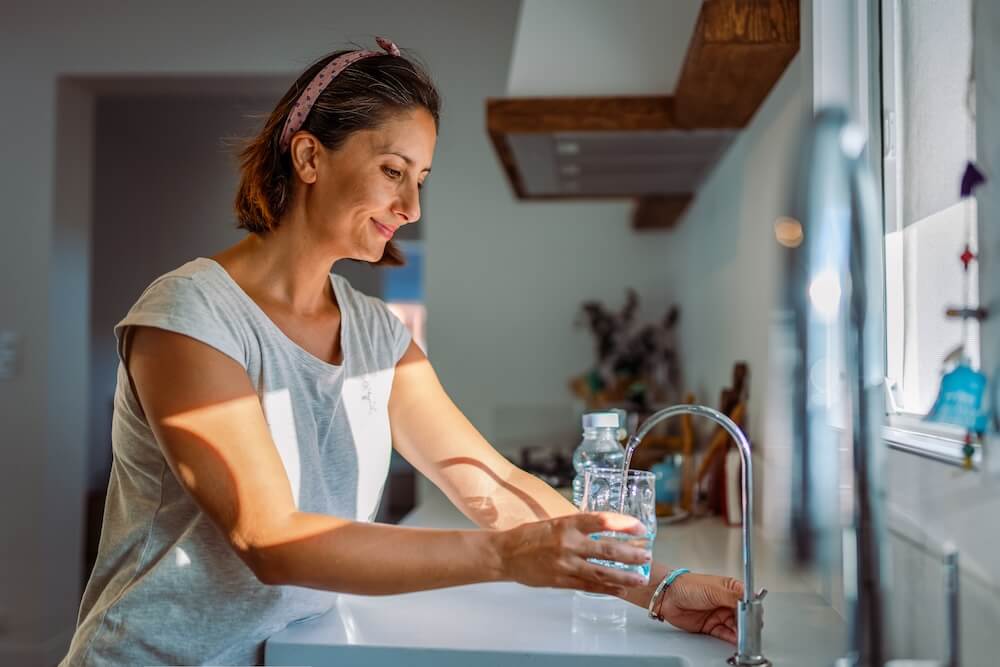One of the things women often notice around the time of the menopause is that their joints ache.
Perhaps you could once sit cross-legged on a floor and jump up again with no problem, but now you can’t and your muscles and joints are starting to hurt in a way that they never have before. Dr Emily Simon explains why hormone changes in menopause cause your muscles and joints to ache, and what you can do about it.
Head to our symptoms library to find out more about aches and pains.
Find what you need quickly
Increased sensitivity to joint pain in menopause
The reason that you feel pain in your bones and joints can be due to several different factors, but oestrogen, the female hormone which declines rapidly during menopause, has a large part to play.
Curiously, oestrogen is thought to influence how you actually experience pain. When your oestrogen levels decline you are slightly more sensitive to pain stimuli than you might have been previously.
Tendinopathy
Joints are where two bones meet and are bound by complex structures of tendons and muscles which make the joint stable. Tendons, which connect muscle to bone, are made up of a protein called collagen. Collagen is also what makes your skin plump and firm and your hair thick and shiny.
Oestrogen stimulates collagen production through special cells called fibroblasts. As your oestrogen levels decline, your collagen levels do also, and the support structure of your joints become less robust.
Tendinopathy is the degeneration of the collagen protein that forms the tendon, and you generally find it in places where your tendons are used repeatedly. This degeneration can lead to localised inflammation called tendonitis, which can cause pain and swelling among other symptoms.
Osteoarthritis
Humans are upright, busy creatures. From childhood, you are walking and running around, and using your hands to create and write. A result of all this activity is that your joints become worn down, particularly the ones that carry a lot of weight. These tend to be your hips, knees and ankles, or ones that do a lot of work such as your hands. This wear and tear on your joints with accompanying inflammation (swelling) is called osteoarthritis.
Around one-fifth of all adults over 45 years have osteoarthritis in their knees.
Oestrogen reduces inflammation in the joints and so stops them from feeling so painful. When oestrogen levels decline inflammation can increase and as oestrogen levels fall, your risk of osteoarthritis goes up.
Thinning of the bones (osteoporosis and osteopenia)
Alongside this, oestrogen also keeps your bones strong and healthy – without it, your bones can become thinner and less dense. Osteopenia is the term we use when you have lost a small amount of your bone mass. Osteoporosis is when they have become so thin that they are at risk of breaking.
It is important to pay attention to any persistent aches and pains as they could be caused by so-called fragility fractures. These happen when osteoporotic bones break, sometimes with very minimal or no symptoms at all. Your doctor will be able to assess you properly if you think this could be the case.
Find out more about osteoporosis and menopause.
Menopause joint pain natural remedies
Is there anything you can do to protect your bones and muscles and joints aside from taking oestrogen?
The answer is in fact, yes! There are many things you can do to look after yourself to live a longer, healthier life.
While oestrogen has a role to play there are also other things that are necessary to promote strong and healthy bones, muscles and joints.
Nutrition
A diet that is rich in protein will help muscle growth. And one that is rich in calcium and vitamin D will help bone protection. It won’t be news to you that smoking and alcohol negatively impact your bones and should be avoided as much as possible. On the other hand, fruit and leafy vegetables are packed with vitamins and minerals which help with bone and muscle protection.
Exercise
Don’t underestimate the importance of exercise during menopause. It’s not just about managing your weight, it is now about strengthening your muscles and protecting your bones
Aerobic exercise will strengthen your large muscle groups. This could include:
- Walking
- Jogging
- Biking
- Swimming
- Dancing
- Vigorous cleaning or gardening
Strength training using weights and doing Pilates are good for your core and will help prevent bone thinning.
Stretching is also important. Yoga or similar will help keep your joints supple and your tendons strong.
It’s important not to overdo it though. Long-distance running, for example, can put a strain on your lower back and knees and increase your risk of arthritis. Moderation is key. Listen to your body – if it’s hurting you, then stop.
Exercises that can help aches and pains in menopause
If you notice swelling, pain or stiffness in a particular joint or muscle group that is persisting make sure you speak to your doctor. Don’t ignore it or try and push on through the pain. Remember:
- Pace yourself
- Engage your core
- Don’t be afraid of a little discomfort
1 – Shoulder lift
This is a good warm-up. Bring shoulders to the ground and then lift from the ground. Hold for 20 seconds and relax. Repeat two more times. During the shoulder lift, take time to engage your mind, or set a goal for your pilates session.
2 – Core activation
Loosen your shoulders and back. Engage your core and hold for two minutes.
3 – Hamstring stretch
This exercise loosens the hamstrings, hip flexors and calves. Reach for your toes (or as far as you can get!) and hold at the point of discomfort. It helps to do two sets of 30 seconds as you build up to a full one-minute hold.
4 – Glute bridge
Aim to hold this glute bridge position for two minutes – breaking it into two one-minute intervals or four 30-second intervals can be a useful start. If you can’t quite reach the full-bridge position, you can place your legs out further in front of you and lift from there. Engaging your core and glutes together is key in this exercise!
Final word
Oestrogen does so much to protect you from feeling achy, including:
- Strengthening bones
- Strengthening tendons
- Strengthening muscles
- Reducing inflammation of the joints
You don’t need to put up with aches and pains during menopause. Exploring HRT is one option, but eating well and exercising regularly are other options that may help you feel more comfortable, strong and live a healthy life during menopause and beyond.





